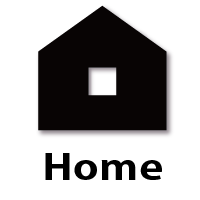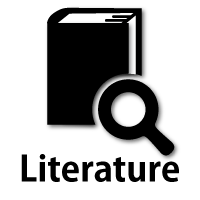For those interested in muscle diseases
Introduction:Function of skeletal muscles and their diseases
In humans, muscle tissue is categorized into three distinct types: skeletal, smooth, and cardiac muscles. Cumulatively, skeletal muscles constitute the largest organ of the body. The muscular and skeletal systems work in tandem, and the musculoskeletal system is essential for important functions including movements, breathing, speech, and eating and swallowing functions, among others. Therefore, muscles are essential for life. On this page, we describe diseases of skeletal muscles.
Symptoms of muscle diseases
Weakness and wasting of muscles are common symptoms associated with several muscle diseases. However, they often remain unnoticed over long periods in most individuals. Manifestations of these disorders include the following:
Weakness and wasting of leg muscles near the center of the body (proximal muscles), such as the hip and thigh muscles cause difficulty in rising from the floor or chair and climbing stairs. Difficulties in rising from a low sofa or toilet seat and in using steps are commonly observed in daily life. Patients with difficulty in walking tend to waddle owing to sagging of the hip on the side of the lifted leg. Foot drop typically occurs owing to involvement of leg muscles away from the center of the body (distal muscles), and the patient needs to raise the leg higher to step forward. This abnormal high-stepping gait might lead to falls when the front of the foot gets caught in small objects on the floor. The patient might have trouble in standing on the heels or toes.
Weakness of the proximal muscles of the arms or shoulder muscles causes difficulty in lifting heavy objects. Patients commonly complain of difficulty in raising their arms overhead, for example to wash or comb hair. Weakness of distal muscles of the arms or fingers causes difficulty in opening screw caps or cans and wringing wet towels. Patients may frequently drop small objects, and a few may notice loss of muscle mass with thinning of hands often accompanied by deep grooves between the base of fingers on the back of the hand.
Weakness of facial muscles and muscles along the sides of the spine at the neck and back is commonly observed. Weakness of eye muscles (associated with movements of the eyeballs) can cause double vision.
In addition to weakness and wasting, symptoms associated with muscle disorders include pain and abnormal swelling (hypertrophy). Delayed relaxation after the contraction phase leads to a rare condition referred to as myotonia. Healthy individuals might occasionally notice twitching along a narrow length of muscle; however, persistent and significant twitching can be indicative of a muscle disorder.




